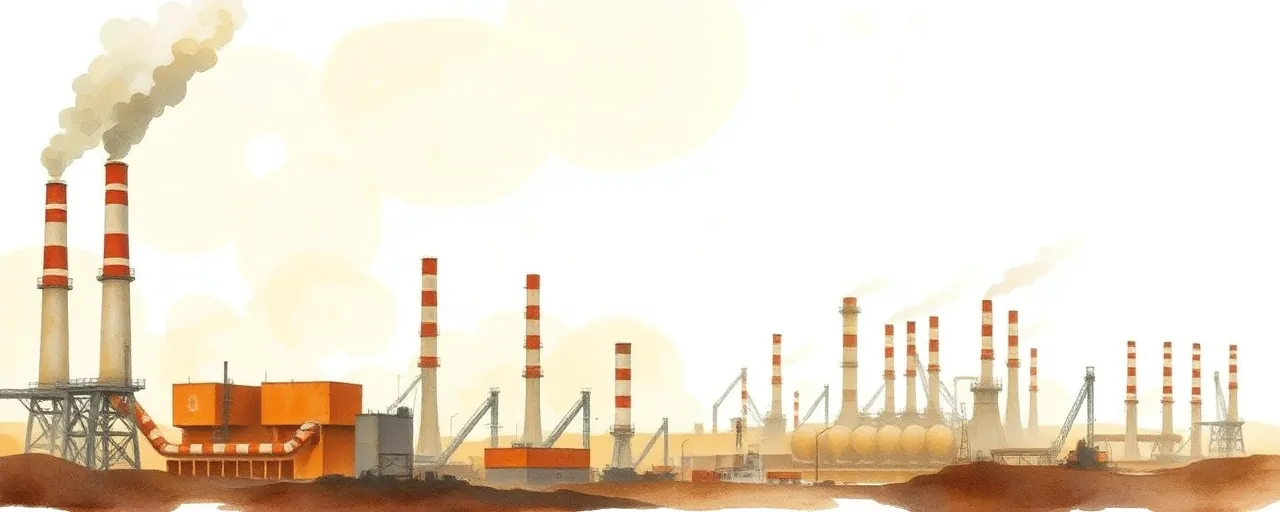A Bold Strike Against Iran’s Cash Flow
The United States just dropped a hammer on Iran’s illicit oil trade, sanctioning Shandong Shengxing Chemical Co., a Chinese refinery guzzling over a billion dollars’ worth of Tehran’s crude. This move, announced April 16, 2025, signals the Trump administration’s unrelenting resolve to choke Iran’s economic lifeline. The goal? Drive Iran’s oil exports to zero, starving the regime of funds it uses to sow chaos across the Middle East. It’s a high-stakes play, and the White House isn’t blinking.
Iran’s oil revenue isn’t just about keeping the lights on in Tehran. It bankrolls ballistic missiles, proxy militias, and a nuclear program that keeps the world on edge. For too long, China’s independent refineries, dubbed 'teapots,' have been the main artery for this cash flow, buying Iranian crude at cut-rate prices and dodging accountability. The administration’s latest sanctions, targeting not just refineries but also vessels and companies in Iran’s shadowy network, aim to sever that artery.
This isn’t a new fight. The Trump administration’s 'maximum pressure' campaign, relaunched in 2025, builds on a proven strategy that once slashed Iran’s oil exports from 2.5 million barrels a day in 2018 to a measly 350,000 by 2020. The economic pain was real: Iran’s GDP shrank 12%, inflation hit 75%, and poverty spiked. Yet, Iran’s defiance, propped up by China’s appetite for cheap oil, demands a tougher response. The sanctions on Shandong Shengxing are a clear message: no one gets a free pass.
China’s Complicity in Iran’s Evasion
China’s role in this saga is impossible to ignore. In March 2025, Chinese imports of Iranian oil hit a record 1.71 million barrels a day, accounting for over 90% of Iran’s exports. These teapot refineries, operating outside Beijing’s state-owned giants, snap up discounted crude, rebrand it as Malaysian or UAE oil, and pay in yuan through obscure banks. It’s a slick operation, and China’s defiance of U.S. sanctions is blatant. Their officials call these measures 'unilateral' and claim their trade with Iran is legitimate. That’s a diplomatic middle finger to American efforts.
Iran’s 'shadow fleet' of over 400 tankers, often sailing without transponders, makes enforcement a nightmare. Ship-to-ship transfers off Malaysia and Singapore, falsified documents, and shell companies keep the oil flowing. The U.S. has blacklisted 45 tankers in 2024 alone, but Iran adapts, switching to smaller vessels and new registries. China’s complicity, driven by its thirst for cheap energy, undermines global security. If Beijing thinks it can outsmart the U.S. Treasury, it’s in for a rude awakening.
The counterargument, often peddled by those soft on enforcement, is that China’s economic needs justify its trade with Iran. They argue sanctions hurt more than they help, pointing to humanitarian costs like medicine shortages in Iran. But this ignores the bigger picture: Iran’s regime thrives on this revenue, using it to arm Hezbollah, back Houthi rebels, and enrich uranium. Excusing China’s role because of 'economic realities' is like letting a bank robber keep the loot because he’s got bills to pay. The U.S. has to hold the line.
Why Maximum Pressure Works, Despite the Naysayers
The maximum pressure campaign isn’t perfect, but it’s effective. When sanctions bit hard from 2018 to 2020, Iran’s economy buckled. The rial lost value, inflation soared, and ordinary Iranians felt the squeeze. The regime’s ability to fund its adventures was crippled. Fast-forward to 2025, and the renewed campaign is sharper, targeting not just oil but Iran’s military-industrial complex. Shandong Shengxing is the second teapot refinery hit since February, and more are in the crosshairs.
Critics claim sanctions don’t work because Iran hasn’t scrapped its nuclear program or stopped meddling in the region. They point to Iran’s export rebound to 1.82 million barrels a day in February 2025, the highest since 2018. But this misses the point. Sanctions aren’t a magic wand; they’re a vise, tightening over time. Iran’s economy is still a mess—40% inflation, a devalued rial, and a GDP projected to grow at a sluggish 3.1% in 2025. The regime’s resilience comes at a cost, and that cost is mounting.
The alternative—easing pressure or chasing another flawed nuclear deal—has been tried and failed. The 2015 JCPOA let Iran keep its nuclear infrastructure while flooding it with cash. The result? More missiles, more proxies, more chaos. Those pushing for diplomacy without teeth forget that Iran only negotiates when it’s desperate. Maximum pressure creates that desperation. It’s not about punishing Iranians; it’s about stopping a regime that’s been a global menace for decades.
The Road Ahead: No Mercy, No Retreat
The path forward is clear: keep the pressure on, and don’t let up. The U.S. must expand sanctions to more refineries, vessels, and financial networks. Allies need to step up, too, with maritime interdictions and stricter port controls. Iran’s shadow fleet thrives because too many countries turn a blind eye. The Treasury Department’s recent moves, like sanctioning facilitators tied to Iran’s Revolutionary Guard, are a start, but the net needs to widen.
America’s resolve will be tested. Iran and China will keep adapting, exploiting every loophole. But the Trump administration’s track record shows it can play hardball. The sanctions on Shandong Shengxing, backed by Executive Order 13902, are the sixth round targeting Iran’s oil sales since February 2025. Each round tightens the screws. The goal isn’t just to hurt Iran’s economy—it’s to force a choice: abandon its destabilizing agenda or face collapse.
